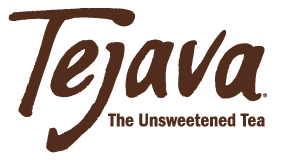For most Americans, the words “high tea” evoke images of fancy china, tea cakes, and finger sandwiches. However, in the traditional sense and still today in the UK, high tea has a different meaning. Afternoon tea, also called “low tea” because it is typically served in sitting rooms on low tables is the correct name for what most people think of when they refer to high tea.
Afternoon tea is rumored to have its origins in the mid-1800’s with the Duchess of Bedford. With the invention of kerosene lanterns, the evening meal was often served between 8 and 9 pm. The only other meal of the day was served mid-morning as a late breakfast. Looking for a bridge to the hunger gap between meals, the Duchess decided to invite friends over for tea and snacks in the mid-afternoon. The rest, as they say is history. The idea of afternoon tea spread throughout high society as both a social gathering and an opportunity for hostesses to delight guests with scones, tea sandwiches, and savory sweets.
High tea, served at a high table at the end of the workday, was more of a working-class family meal. Serving dishes such as meat pies, pickled salmon, along with breads and desserts along with tea was the typical format for high tea. Several countries in the UK still adhere to this custom. Think of it as more of a light dinner, served with tea.
The use of the term “High Tea” has replaced afternoon or “low” tea in many upscale hotels and restaurants throughout the world to accommodate visitors unfamiliar with the origins of the traditions. However you enjoy your tea, you may want to check the menu for High Tea before making reservations. Paired with a beautifully set table, tea sandwiches, and tea cakes, Tejava Original Black Tea is the perfect choice for your own afternoon tea party.




